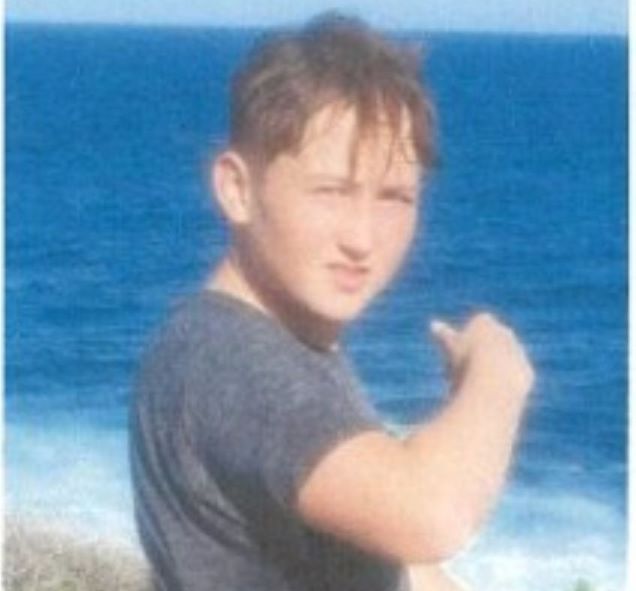Missing Persons Week 2023 has officially launched with the goal to shine a light on the investigative processes involved in dealing with unidentified bodies and human remains.
This year, State Crime Command’s Missing Persons Registry has received 42 reports, and 20 confirmed reports, of unidentified bodies and human remains found in NSW.
Of those 20 confirmed reports, the Missing Persons Registry has successfully identified nine of those people through varying investigative techniques, including advancements in the science of DNA.
Five were found to be medical specimens used for science and training, and six remain the subject of ongoing investigations.
Those six unidentified remains were found in various parts of the state: from Kiama to Moree and Byron Bay.

In March 2023, the NSW Police Force implemented Forensic Investigative Genetic Genealogy (FIGG), which has commenced for seven other unidentified human remains cases to date.
FIGG combines new DNA analysis techniques and traditional genealogy to identify suspects and unknown remains using commercial DNA databases.
Detective Inspector Ritchie Sim, manager of the Missing Persons Registry, said modern technology goes a long way in helping police find answers for the loved ones of missing people, but there is still more the public can do.
“This year for Missing Persons Week we’re making a call to action for members of the public to come forward and help us solve some of these mysteries through voluntarily providing their DNA,” Det Insp Sim said.
“There’s two ways people can provide their DNA – the first and foremost way is if you have a distant relative believed to be missing, you can come into any police station, cite their name or case number, and provide a DNA sample which will be placed on the National DNA Database used to compare with unidentified human remains.
“The second is if you’re a member of the public who wants to share their DNA for the purpose of helping the Missing Persons Registry identify bodies and human remains, you can supply your DNA through most public DNA databases such as GEDmatch or Family Tree DNA.
“There’s a misconception around providing DNA to police – that it could be used against you for criminal matters, and that’s just not the case.
“Missing persons investigations are not criminal investigations – our one goal is to ultimately identify these remains and provide families and loved ones of missing people the answers they deserve.
“Throughout the week we’re going to be shining a light on some various outstanding unidentified remains and asking you, are you the missing link?”
Anyone with information that may assist investigators is urged to contact Crime Stoppers: 1800 333 000 or https://nsw.crimestoppers.com.au.
